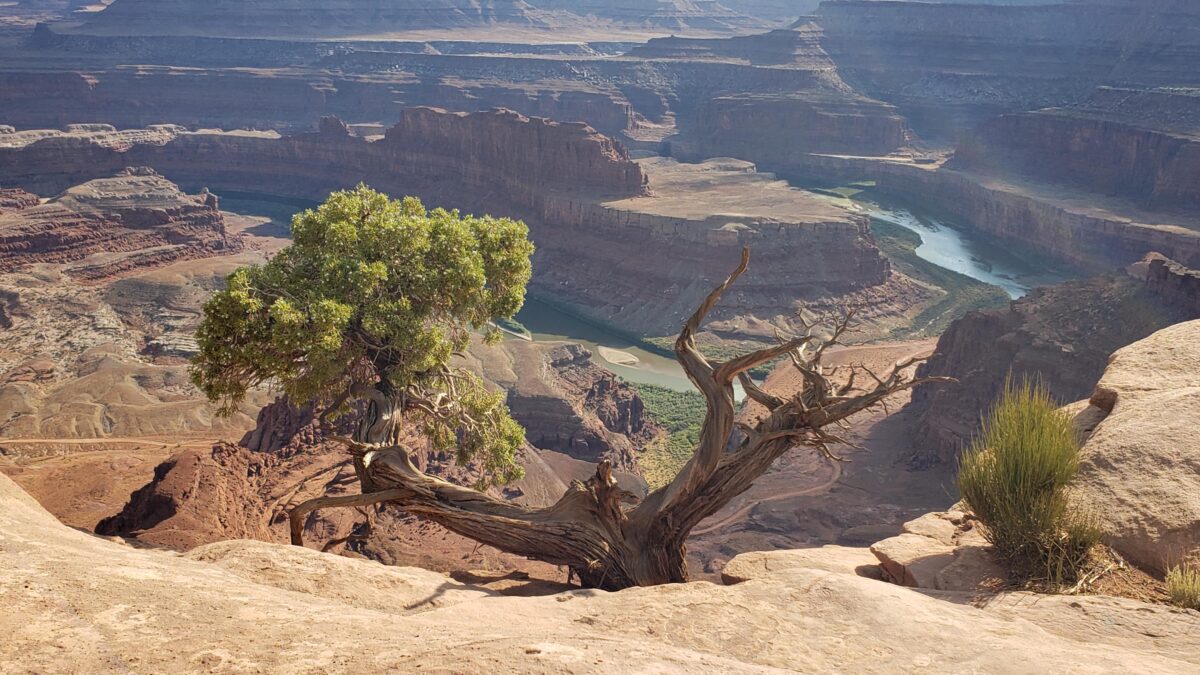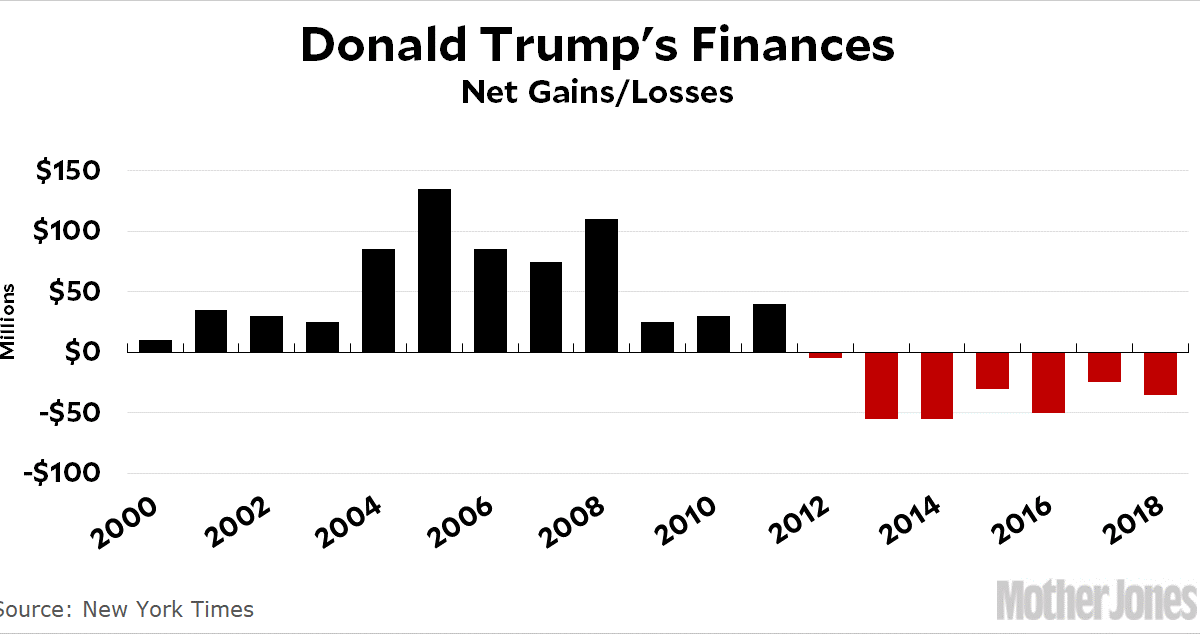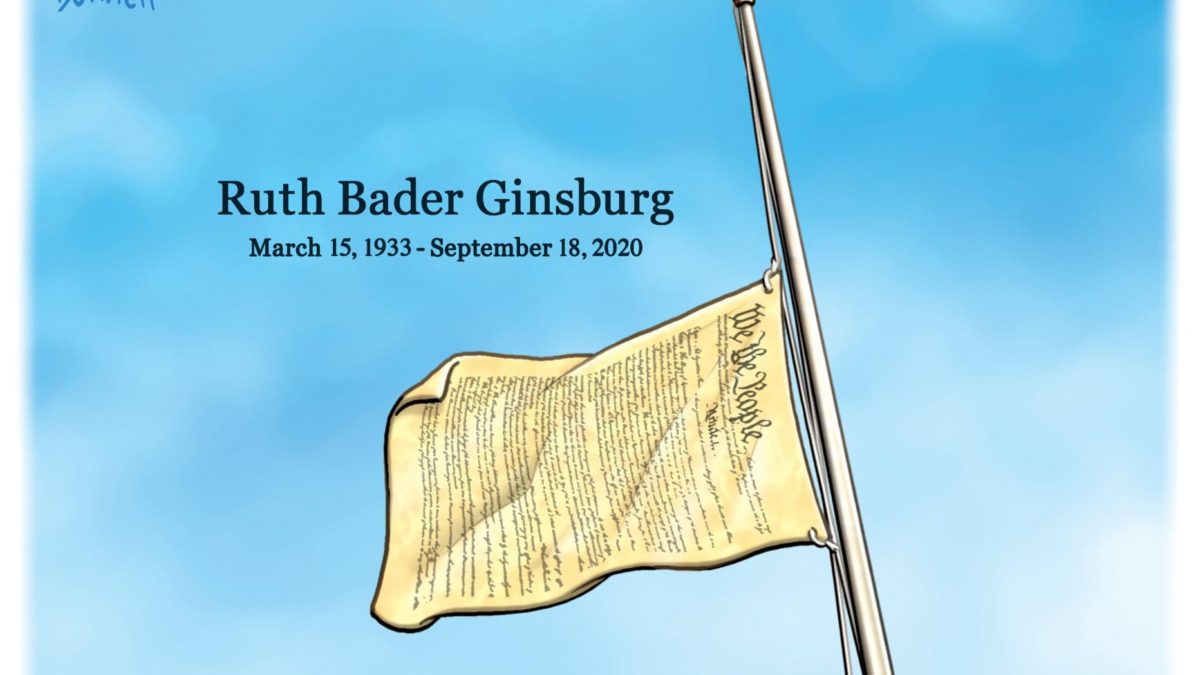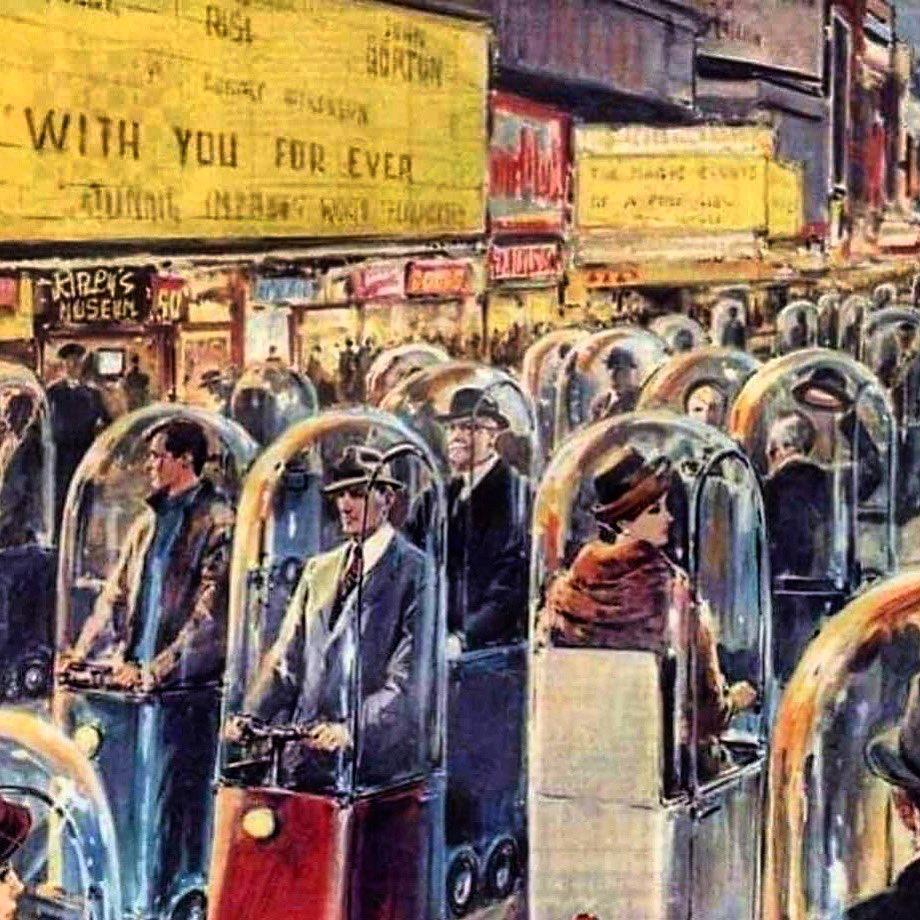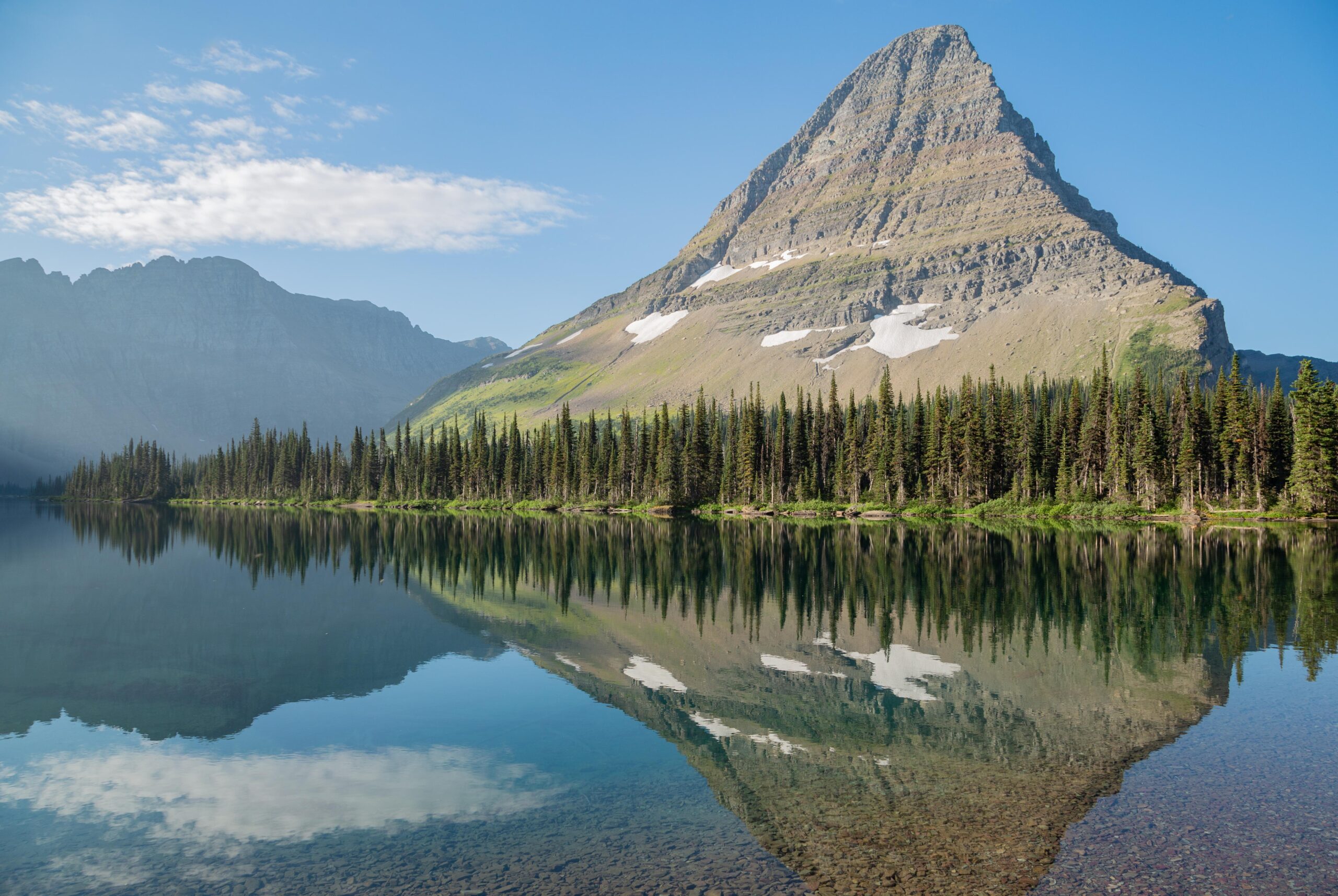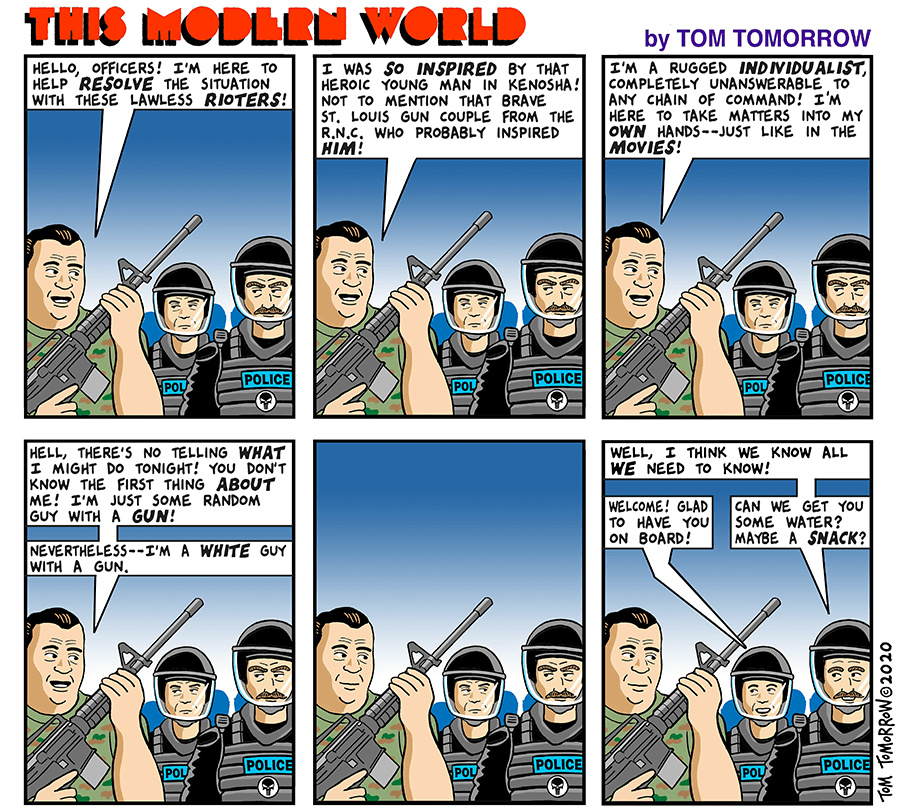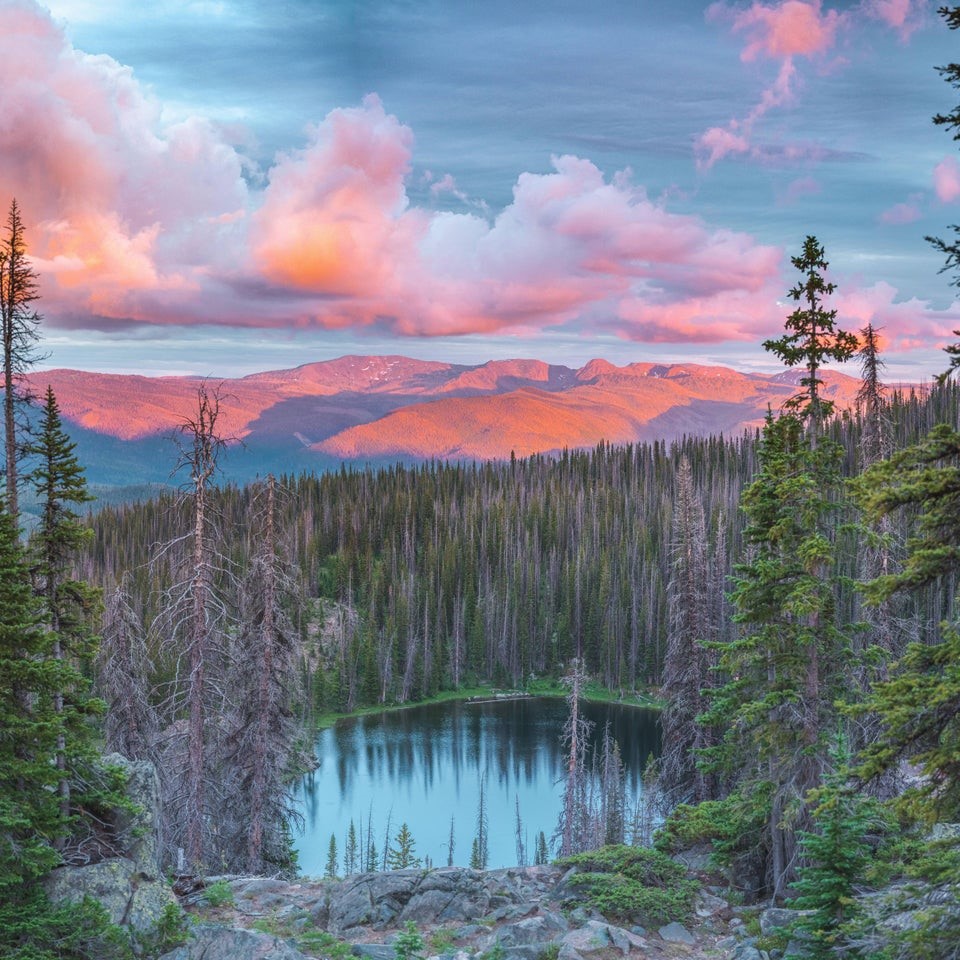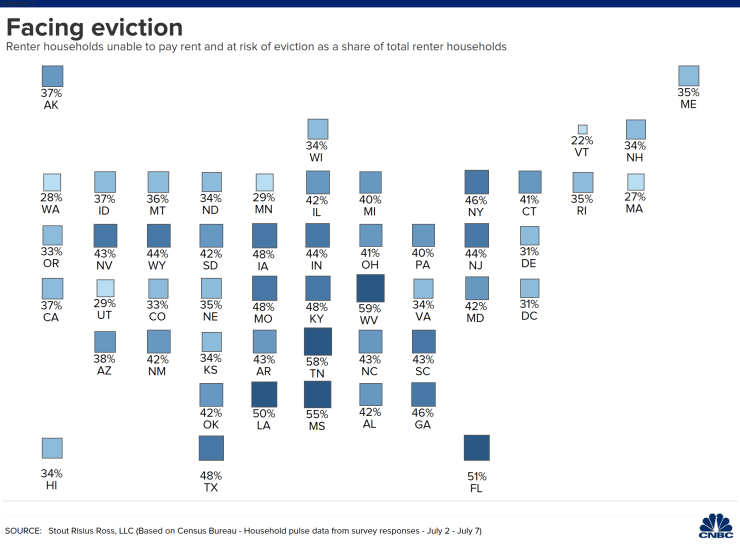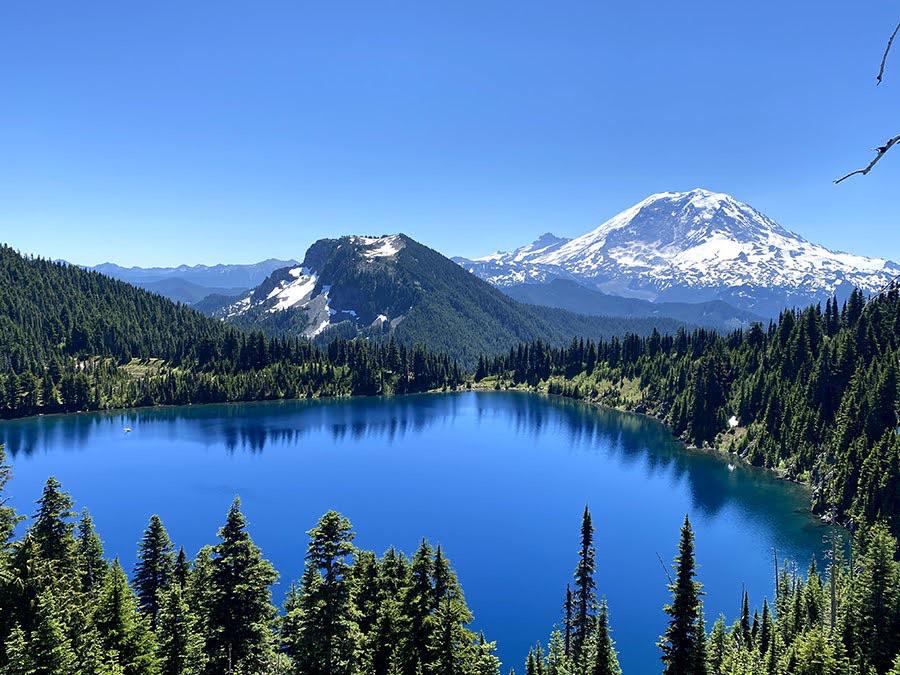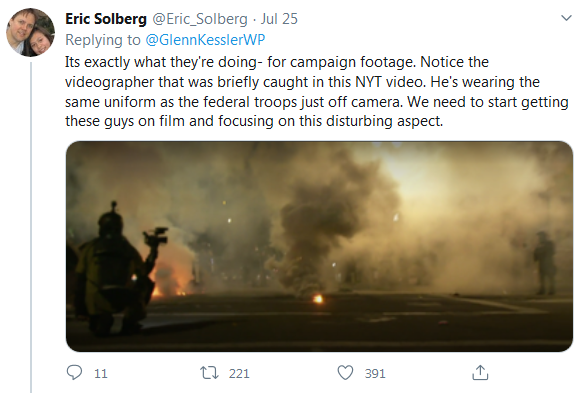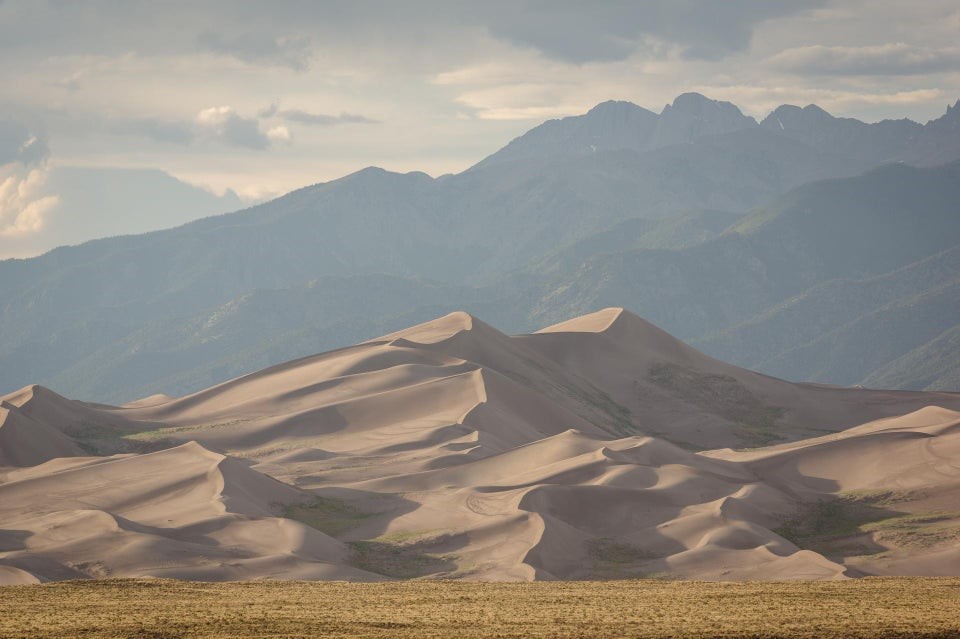The Daily Escape:
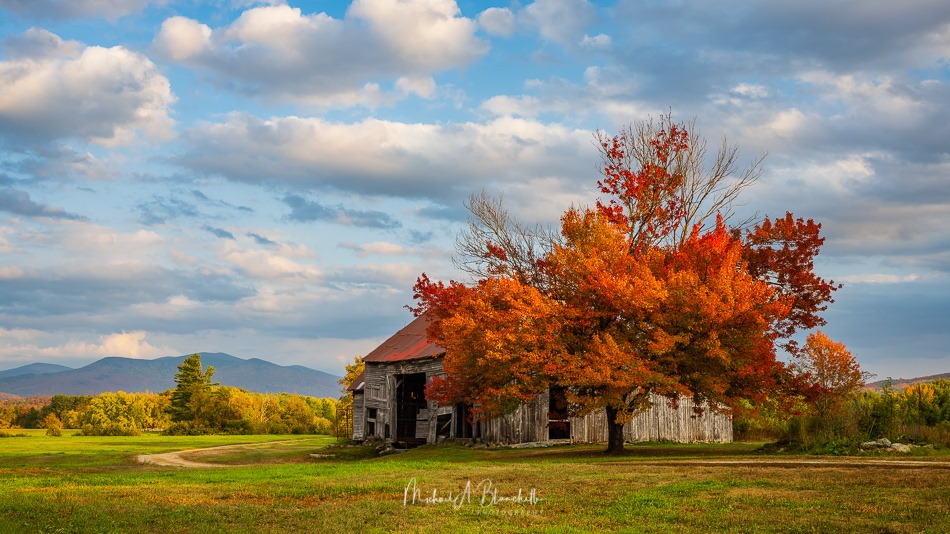
Guildhall, VT – September 2020 photo by Michael Blanchette Photography
Four years into the Trump era, Americans now realize that armed paramilitaries show up at most demonstrations. On some occasions, there is lethal violence. And Trump just called on one such group to “stand by”. Apparently they are acting like storm troopers waiting Trump’s bat signal to help keep him in power after November 3rd.
The biggest problem will be in the post-election period when there will be a substantial chunk of Americans who won’t believe Biden is a legitimate president when he takes office. It won’t be Trump’s entire 40% of the electorate, but it will be a large group.
We’ve heard the names of these armed militias: the Proud Boys, the boogaloo movement, the Oathkeepers, the Three Percenters, and many others. Unlike other countries, the armed far-right doesn’t need a covert network to supply it with military equipment because America is awash in legal weapons. Militias and vigilantes don’t have to maintain underground communication networks because social media enables them to operate freely. Experts estimate that there are around 300 mostly right-wing militia groups.
On the same day that Trump asked the Proud Boys to stand by, the FBI issued an intelligence report warning of an imminent “violent extremist threat” posed by another far-right militia, the Boogaloo. The report, entitled “Boogaloo Adherents Likely Increasing Anti-Government Violent Rhetoric and Activities, Increasing Domestic Violent Extremist Threat in the FBI Dallas Area of Responsibility,”
The term “Boogaloo” refers to a coming second American Civil War, which the fiercely anti-government group has declared its intention to bring it about. They are willing to foment a race war, if it supports their goals.
The FBI report concludes by citing concerns of the Boogaloos’ “increased ‘patrolling’ or attendance at events”. Remember that at the presidential debate, President Trump called for his supporters to patrol polling places:
“I’m urging my supporters to go into the polls and watch very carefully because that’s what has to happen…”
It’s illegal for them to “go into the polls’.
A troubling aspect is the deep involvement of America’s military and law enforcement in these militias. The Atlantic has a long article on the Oath Keepers where the author reviewed its members list: (emphasis by Wrongo)
“About two-thirds had a background in the military or law enforcement. About 10% of these members were active-duty….There were members of the Special Forces, private military contractors, an Army psyops sergeant major….There were Immigration and Customs Enforcement officers, a 20-year special agent in the Secret Service, and two people who said they were in the FBI.”
The NYT also wrote about the military involvement in the militia movement: (emphasis by Wrongo)
“Although only a small fraction of the nation’s 20 million veterans joins militia groups, experts in domestic terrorism and law enforcement analysts estimate that veterans and active-duty members of the military may now make up at least 25% percent of militia rosters. These experts estimate that there are some 15,000 to 20,000 active militia members in around 300 groups.”
This toxic stew has been on a low boil while the top leaders of the Department of Homeland Security directed agency analysts to play down threats from white supremacist groups, according to a whistle-blower complaint released earlier in September.
These militias have proclaimed themselves enforcers of Trump administration policies, and as protectors of businesses in cities with BLM protests. The confrontations with protesters have also dovetailed with actions to protest coronavirus containment measures as in Michigan.
But the threats have recently focused on Antifa, Black Lives Matter, and others on the left. And between here and the election, we may well see Trump encourage their help with certain state and local governments around the ballot counting process.
The common denominator of these militias is armed intimidation and violence in the service of a political agenda. They alone will decide to act if triggered, or if they think in their sole judgement, that the Constitution has been violated. In a functioning democracy operating under the rule of law, it’s difficult to see these movements as anything other than a demand for the benefits of the society they want, with none of its obligations.
They want to “solve” what they perceive to be the nation’s problems through Second Amendment absolutism that legitimizes armed confrontation instead of political activism.
Back to the post-election scenario: There could easily be incidents where people get hurt or killed, a slow grind that keeps people scared and stressed all the time.
Please, this November, we must vote in overwhelming numbers.

